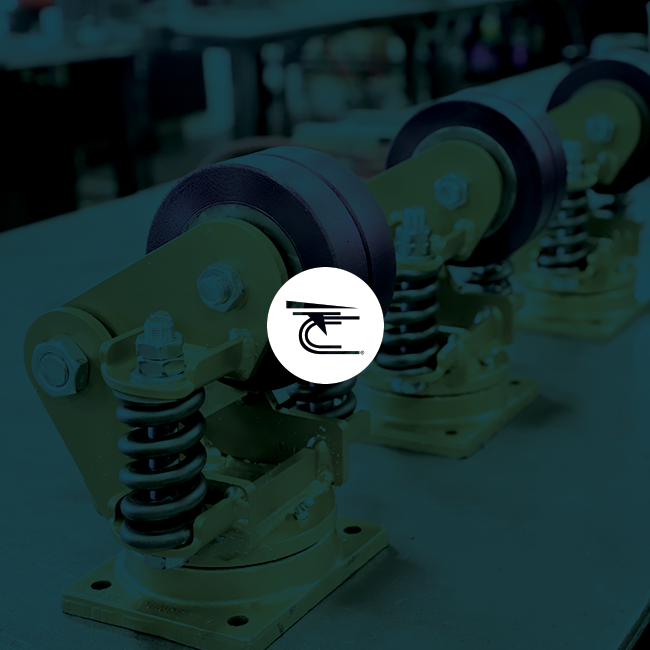

Caster maintenance can be time-consuming and affect productivity, especially if your company relies on them a great deal, such as in the manufacturing and warehousing industries. To combat this, many companies elect to install maintenance-free casters, believing they can avoid maintenance altogether, save money, and boost productivity. Below, you can learn more about maintenance-free casters and what you should really expect from them.
When a caster has been described as maintenance-free, this term refers to the caster’s lubrication requirements. With maintenance free casters, sealed precision ball bearings are pumped with grease, and seals assembled on each side of the ball raceway. The seals lock in grease and prevent dirt or liquid entering. These bearings are manufactured with a heat-treated ball race along with steel balls.
Because maintenance-free casters can still wear out over time, it is important that you take the time to inspect them regularly. On average, you should turn equipment with casters on its side once a month to check for things like worn tread, flat spots, rust, corrosion, and other issues that may still arise. These inspections may be time-consuming, and they may take one or more employees away from more important tasks for a time, but in the long run, they will keep your employees safe and help to extend the life of your casters.
Maintenance-free casters are designed without grease fittings, which means they will not need lubrication. Generally speaking, traditional casters need to be lubricated once every six months in order to keep the bearings spinning freely and loads moving as they should. Of course, factors like the temperature of the environment and whether or not casters may be exposed to water or corrosive materials will affect this six-month guideline, so it is not a set-in-stone rule. Maintenance-free casters negate lubrication altogether, and thanks to the high quality of the caster materials, the bearings will last just as long as the casters themselves.
Maintenance-free casters come in a variety of different styles and types. Some are heavy-duty and can support thousands of pounds of weight per wheel; others are designed to be ergonomic by reducing push force and the risk of overexertion injuries. They can come with or without swivels, and they can be attached to drive motors or brakes depending on your unique needs. Because they never need lubrication, you will save time and money, but you should still inspect them for other issues and repair or replace them as necessary.
Maintenance-free casters do away with the need to grease fittings twice or more each year, but they do not completely negate the need for inspections and maintenance. Every caster in your facility should be inspected at least monthly to ensure safety and productivity, and any repairs or replacements should be made immediately to help prevent possible injuries or damage to the loads they support.